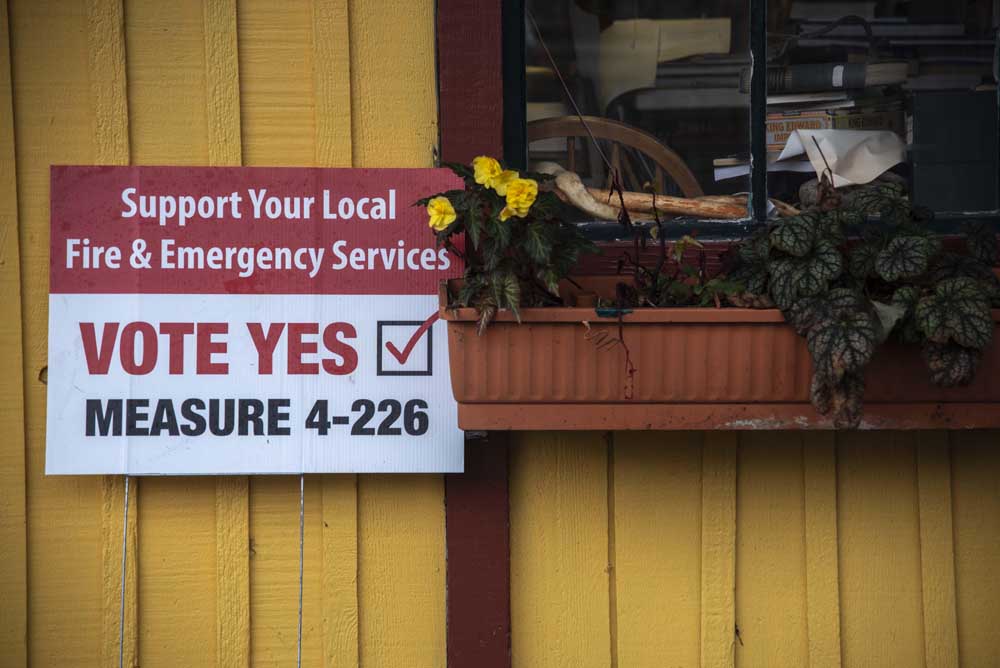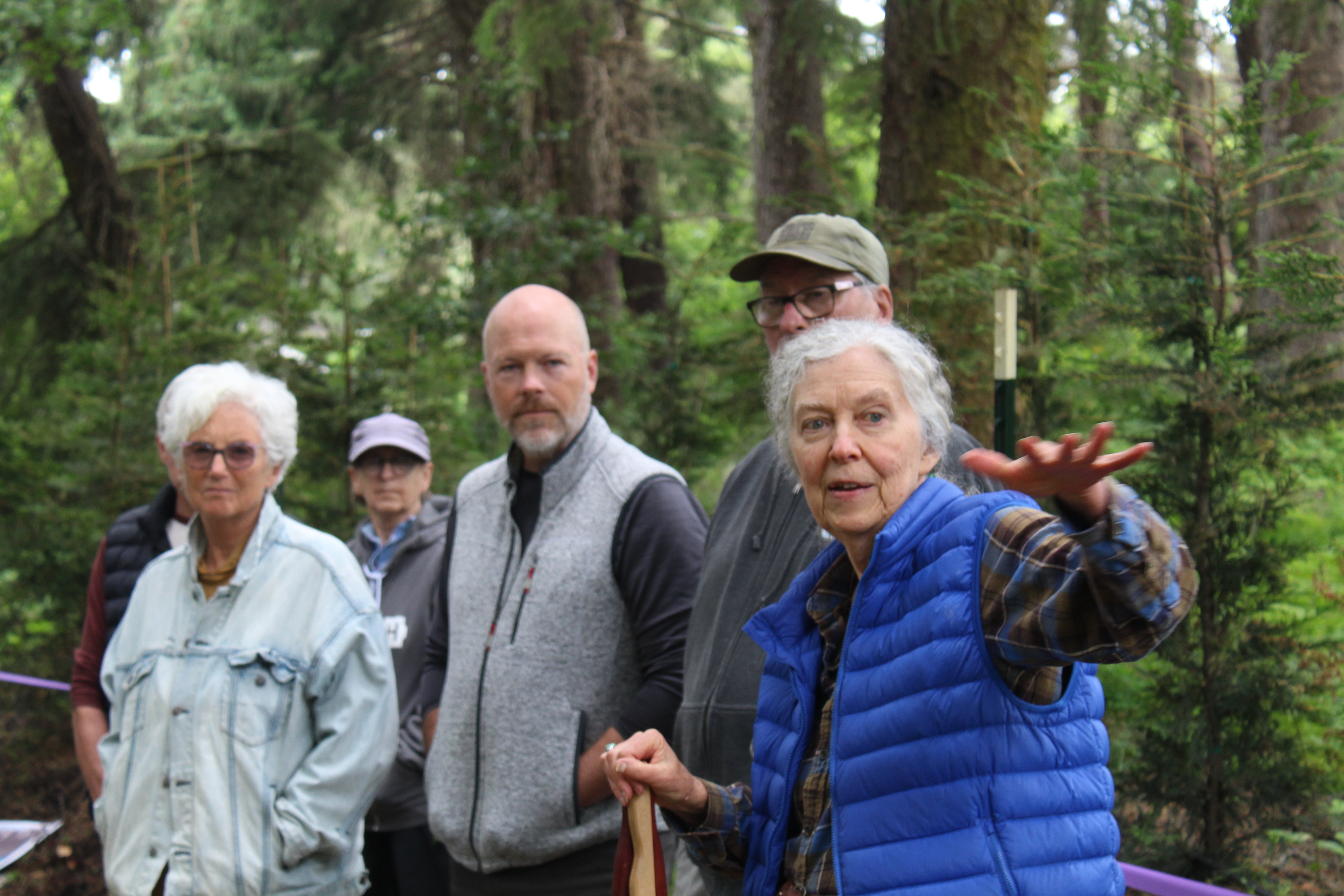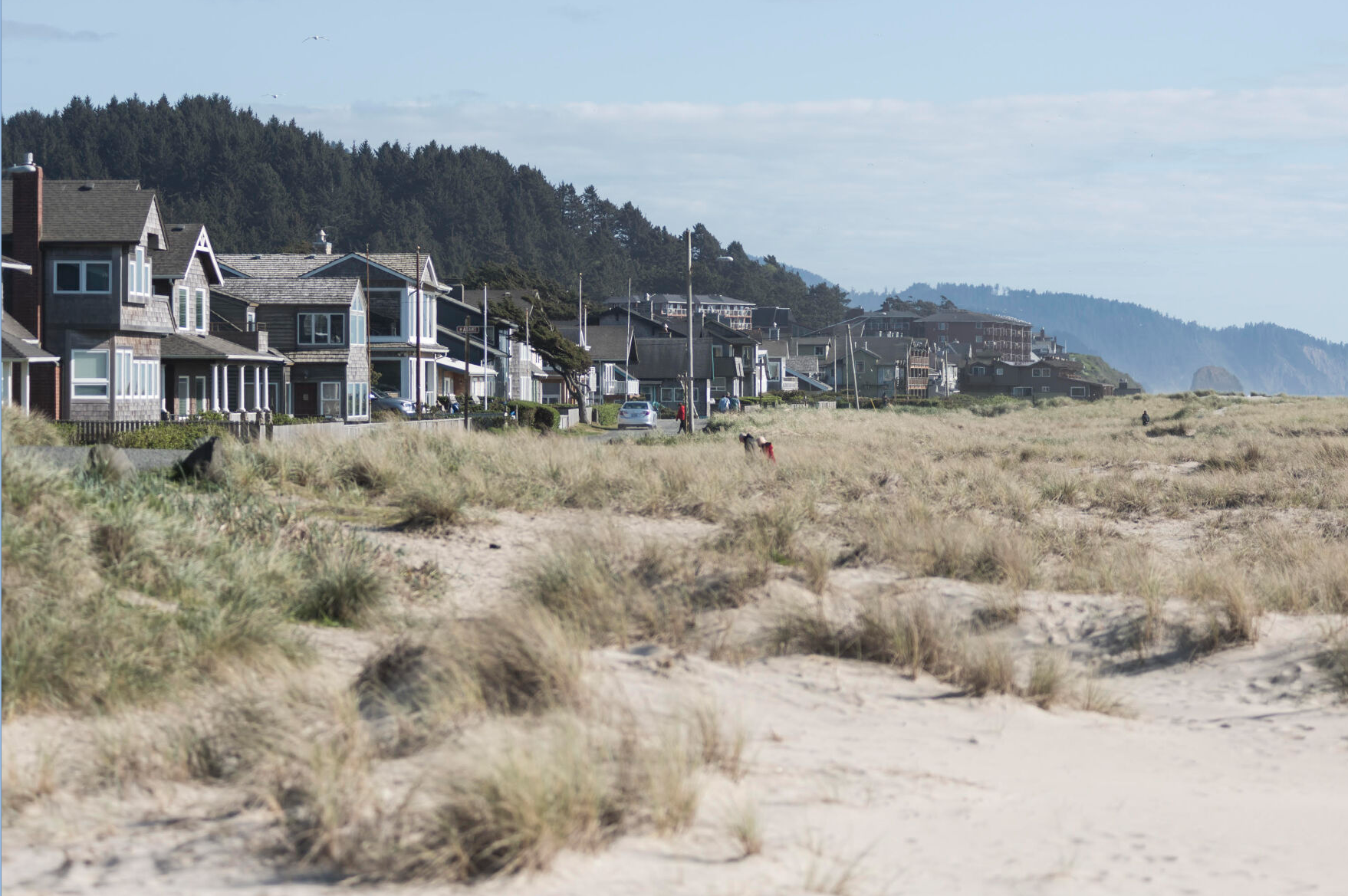Behind the News: ‘We knew that was a big lift and a big ask’
Published 12:30 am Saturday, December 16, 2023

- Voters in Cannon Beach narrowly approved a fire protection levy in November.
Many fire districts on the North Coast are under strain from increasing call volumes and a shortage of volunteers.
Trending
The Cannon Beach Rural Fire Protection District sought some financial stability in November through a new five-year levy that asked voters to invest significantly more in the fire district. The new levy, expected to generate about $10.6 million over five years, replaces and consolidates expiring levies and a bond.
Voters approved the levy 51% to 49% — or by 15 votes.
“We’re excited as a district that this did pass and we’re able to start moving forward,” Fire Chief Marc Reckmann said.
Trending
Reckmann, the fire chief since 2020, leads a fire district of seven career staff and 21 volunteers.
In an interview via Zoom, Reckmann talked about the closeness of the vote, the pressures fire districts are facing and the strategies for recruiting volunteers.
Q: The new five-year levy to finance operations was critical to the Cannon Beach Rural Fire Protection District. Voters in November approved the levy by just 15 votes. Why do you think it was so close?
A: I think because of the amount of the levy. It doubled what we previously had been.
We have historically been very low. The fire district has a permanent tax rate at 35 cents. It was that way until 1999, when the levy was passed to hire the fire chief at 19 cents. It stayed that way, at 54 cents, until 2020 when we passed the other levy, it brought it up to 89 cents (or 63 cents to 98 cents when including a bond for a ladder truck).
So 89 is the highest it’s ever been — total operations.
And now, we just went, with the passage of the levy, it went to $1.85.
And I think that’s why it was so narrowly (approved).
The board knew that. I knew that. We knew that was a big lift and a big ask.
That’s why it went in November — is to make the attempt to do it and get out there as much as we could. And then, if it didn’t pass, we’d come back in May with a different plan and we’d be reevaluating it.
Q: The levy puts the fire district on a more predictable financial track, but challenges remain. Over the past several years, you have called attention to increased call volume and a shortage of volunteer firefighters. For Cannon Beach, a significant number of calls involve visitors to the coast. How do you deal with these challenges long term?
A: That’s a very good question. And that’s a question that all of us county fire chiefs have questioned since I’ve been here.
We’re not going to stop calls. They’re going to continue to increase. But I think what this does is, between now a more stable tax rate, and what we’re getting from the prepared food tax — when you couple that together … we can sustain operations.
We’re currently hiring, so we’ll have two people on 24 hours a day.
We’ve really kind of shifted our recruitment a lot … Trying to get more volunteers out of Cannon Beach itself is difficult, there just isn’t the demographics here. And so we started a part-time program this last year. And that has actually really, really paid itself off, because what we’re getting is we’re getting people are coming to work part time during the day — and so we’re paying them that part time — but then they’re saying the night. And they’re getting a volunteer stipend for staying the night. Volunteer points. And so we end up with that night coverage, without necessarily having to pay with 24-hour staff, extra staff, at that time.
And then also just more recruiting — different ways. It’s a time commitment. One of the biggest challenges of recruiting for volunteers is the initial time commitment of the academy. When you’re looking at 130 hours up front, that’s a large lift for somebody that’s doing this as a volunteer, as a second job, a second unpaid job.
By taking that and trying to divide that up more and making it more smaller bites for volunteers to be able to do, I think it helped us attract a little more.
Q: Earlier this year, nine of the 11 fire chiefs in Clatsop County sat down with The Astorian at Warrenton City Hall to discuss the challenges and the future of firefighting. There was a sense that our patchwork of emergency response was reaching a breaking point. What is your assessment today?
A: We’re on a positive path, but I don’t think this is a fix-all.
I think we just got a big step in the right direction. But I think countywide — we just had a meeting, county fire chiefs, two weeks ago discussing this — how is this changing our box alarm response?
How I want to put that out really plainly is — we used to have five alarms go out in the county, because that’s how much volunteers and stuff we had. As of last week, we brought that back to two alarms.
After our second alarm, we’re pretty much out of people.
And so that’s really kind of the point of where Clatsop County is. And it isn’t just Clatsop County, it is statewide.
Q: Any emergency response plan that relies too heavily on volunteers seems tenuous. Do you see a move toward more full-time firefighting staff, or is that just too expensive for some of our smaller, rural communities?
A: Exactly what you said — it’s going to be too expensive.
We’re going to get to two people per shift, and then with the part-time student volunteers, my hope is that we’re maintaining at that point.
This levy is five years. Get through the five years, and track how are we doing. Our intention — the board’s intention — is in five years we’re renewing this at what it is. There’s no intention of going back and saying, ‘Yeah, we need more.’
That’s not the intention. The intention is we’re going to renew this for the foreseeable future.
Q: Give us your best pitch to a prospective volunteer firefighter.
A: Boy, I’ve been doing this since 1994. That’s the challenge that I have, is the why I joined, why I started as a volunteer, is not why people do today.
I started in a very rural volunteer department, because my Dad was a volunteer, because that’s what you did.
Today, with Cannon Beach specifically, there’s so much you can do with Cannon Beach, because we’re such a vast department. Between surf rescue, rope rescue, trail, EMS, fire — you get the whole realm with Cannon Beach.
And even a lot of Clatsop County — Seaside, you’re going to get the same.
So be a volunteer. Come hang out. Come to drill. You don’t even have to turn an application in. Just come to drill and see what it’s about.
I think camaraderie is what gets people in.









